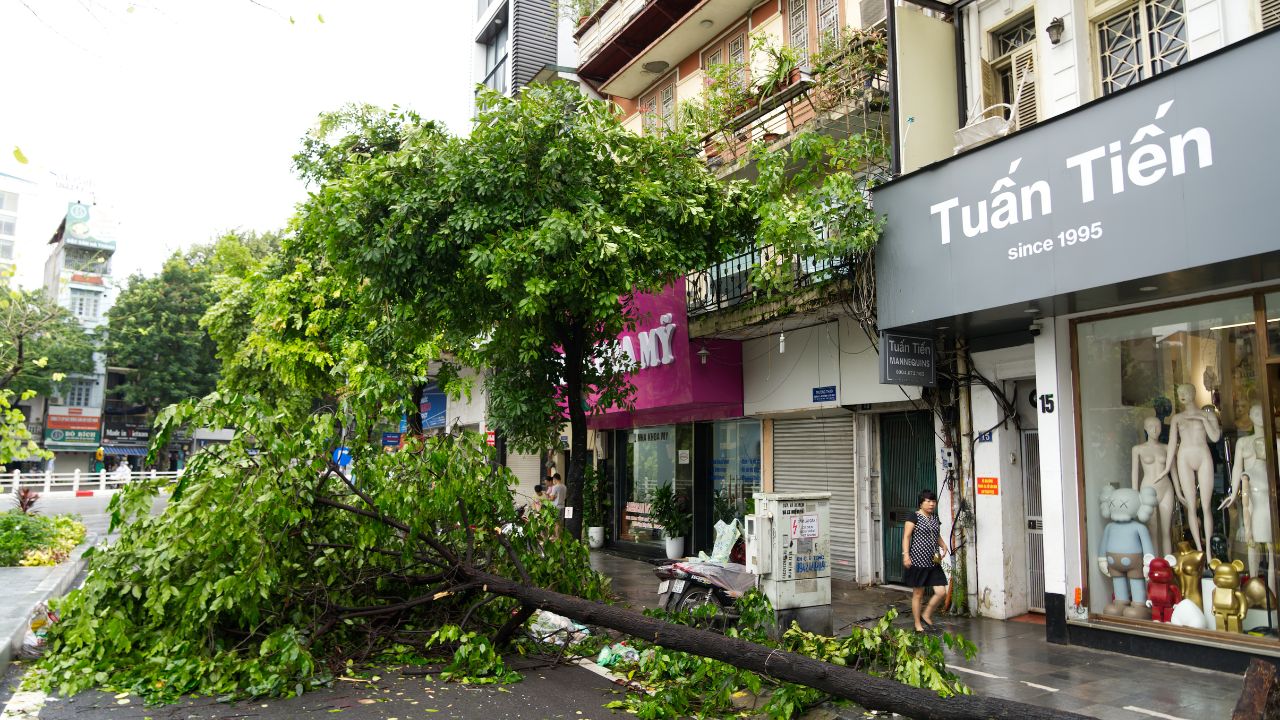Unbelievable Weather in 2024: 13 Events That Shocked the World
6. Spanish Floods

Photo Credit: Piedad López – CC BY-SA 2.0/Wiki Commons.
October brought Spain its worst flooding in over a hundred years. At least 230 people lost their lives as torrential rains turned picturesque towns into waterlogged disaster zones.
From overwhelmed dams to stranded residents, the event showed how even developed countries aren’t immune to the ravages of extreme weather. For Spain, this was a stark warning of the importance of modernizing flood defenses.
7. Rio Grande do Sul Floods

Photo Credit: Lula Oficial – CC BY-SA 2.0/Wiki Commons.
Brazil’s southern state of Rio Grande do Sul faced catastrophic flooding in April and May, with 183 lives lost and thousands left homeless. The floods followed an extended drought, creating a grim paradox of too much water and not enough at the same time.
Farmers saw their livelihoods swept away, and recovery efforts stretched local resources to their limits. The region remains a cautionary tale of how climate extremes can flip from one disaster to another.
8. Tropical Storm Trami

Photo Credit: Naga City Government – Public Domain/Wiki Commons.
In October, Tropical Storm Trami left a trail of devastation in Southeast Asia, killing more than 140 people and displacing thousands. Low-lying areas bore the brunt, with homes and crops destroyed in the relentless flooding.
For nations like Vietnam, the storm exposed the vulnerabilities of coastal regions and underscored the need for international cooperation on disaster preparedness.
9. Enga Landslide

Photo Credit: Depositphotos.com.
Papua New Guinea suffered one of the deadliest landslides in its history when heavy rains triggered a catastrophic collapse in Enga Province. Estimates of fatalities range from the 140s to over 2,000, with entire communities erased from the map.
The tragedy highlighted how deforestation and mining can exacerbate natural disasters, leaving local communities vulnerable to extreme weather.
10. Cyclone Remal

Photo Credit: Depositphotos.com.
Cyclone Remal barreled through Bangladesh and India in May, killing scores and leaving millions without electricity. Torrential rains and gale-force winds wreaked havoc on coastal regions, displacing families and destroying livelihoods.
The storm served as another reminder of how rising sea levels and warmer oceans are amplifying the power of cyclones.
11. Hurricane Beryl

Photo Credit: National Weather Service Paducah, Kentucky – Public Domain/Wiki Commons.
Hurricane Beryl tore through the Caribbean and parts of the U.S. in late summer, claiming the lives of more than 50 people. Slow-moving and relentless, the storm dumped record amounts of rain, causing widespread flooding.
The destruction left communities grappling with recovery costs, while experts warned of increasingly erratic hurricane behavior fueled by climate change.
12. India’s Monsoon Floods

Photo Credit: KEmel49 – CC BY-SA 4.0/Wiki Commons.
India’s 2024 monsoon season brought relentless flooding, leaving cities like Mumbai waterlogged and rural communities devastated. Entire neighborhoods were submerged, forcing residents to evacuate with little more than the clothes on their backs.
For many, the monsoon season has become synonymous with hardship. Poor infrastructure, clogged drainage systems, and unchecked urbanization only worsened the impact, emphasizing the urgent need for sustainable urban planning and better water management.
13. Anchorage Snowstorms

Photo Credit: Depositphotos.com.
Anchorage endured one of its snowiest winters in decades, with record snowfall disrupting transportation and daily life. The relentless storms blanketed the region, testing the resilience of infrastructure and residents alike.
While heavy snow is expected in Alaska, the intensity and frequency of this year’s storms raised concerns about how climate change is affecting weather patterns. Experts predict that Arctic regions will continue to see more unpredictable and extreme winters.




















Post Comment